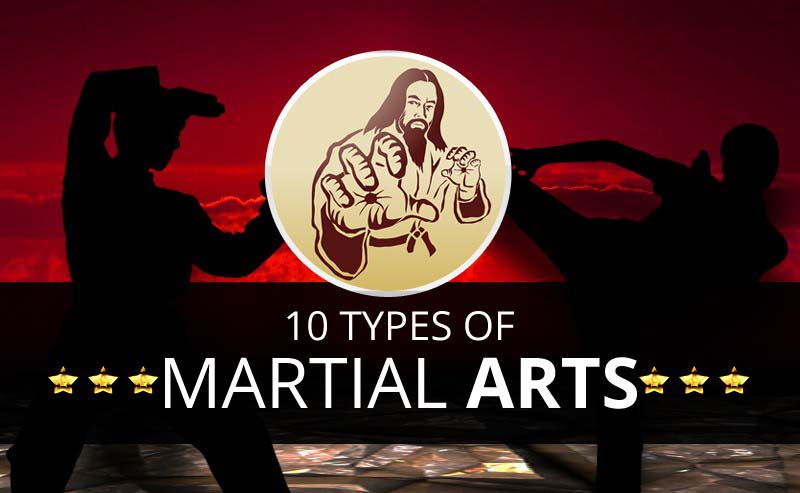The History And Evolution Of Martial Arts Worldwide
The History And Evolution Of Martial Arts Worldwide
Blog Article
Write-Up By-Padilla Silverman
Martial arts have an interesting history that covers centuries and continents. You could discover it fascinating exactly how ancient practices like Shuai Jiao and Kalaripayattu laid the groundwork for contemporary battle methods. mixed martial arts classes for adults -controls not only highlight physical abilities yet additionally show the cultures that birthed them. As you explore their evolution, take into consideration exactly how globalization has actually changed these standard kinds right into crossbreed styles. What impacts do you think have formed today's martial arts landscape?
Ancient Martial arts: The Foundations of Combat
As you explore the world of old martial arts, you'll find the abundant structures that formed battle methods across societies. Very early practices concentrated on Self-Defense and survival, frequently including strikes, grappling, and weaponry.
In ancient China, for example, techniques like Shuai Jiao emphasized throws and joint locks, while India's Kalaripayattu showcased agility and fluid movement. Japanese samurai developed Kenjutsu, a refined swordsmanship that highlighted self-control and strategy.
These martial arts offered not just for battle yet additionally as a way of personal development, instilling worths like regard and perseverance. The blending of these strategies over time laid the groundwork for the varied martial arts you see today, each showing the one-of-a-kind philosophies and needs of its society.
The Cultural Influence on Martial Arts Growth
While martial arts usually show the functional demands of a culture, they additionally symbolize the cultural values and beliefs of their beginnings. When you check out various martial arts, you'll observe how they're influenced by faith, viewpoint, and social norms.
For example, the focus on regard and discipline in Japanese martial arts comes from Zen Buddhism and samurai society. In contrast, Brazilian Jiu-Jitsu advertises versatility and strategy, formed by the requirement for performance in a varied, multicultural setting.
You could locate that the rituals, uniforms, and training approaches reflect a community's background and identification. By comprehending these social impacts, you strengthen your recognition of martial arts and their duty in shaping human experiences across the globe.
Modern Adaptations and the Globalization of Martial arts
Martial arts have transformed dramatically in current decades, adapting to modern culture and global influences. You'll observe that conventional kinds have blended with modern-day techniques, producing hybrid styles like mixed martial arts. These adaptations accommodate varied audiences, making martial arts obtainable and enticing worldwide.
With the rise of social networks and electronic platforms, you can locate tutorials and competitors from all edges of the world, breaking geographical barriers. This globalization has actually brought about a common recognition for numerous disciplines, from Brazilian Jiu-Jitsu to Taekwondo.
As you involve with these arts, you'll recognize they're not almost battle; they promote fitness, self-control, and mental well-being.
Ultimately, modern adaptations have actually improved the martial arts landscape, making it a dynamic and advancing technique.
Final thought
In checking out the history and advancement of martial arts, you reveal an interesting mix of methods, cultures, and approaches. From old techniques like Shuai Jiao and Kalaripayattu to the modern versatility seen in mixed martial arts, martial arts reflect humanity's mission for Self-Defense and individual development. As you engage with these techniques, you not just acquire skills however likewise a deeper gratitude for the diverse practices that form our world today. So, continue your journey and embrace the art of combat!
